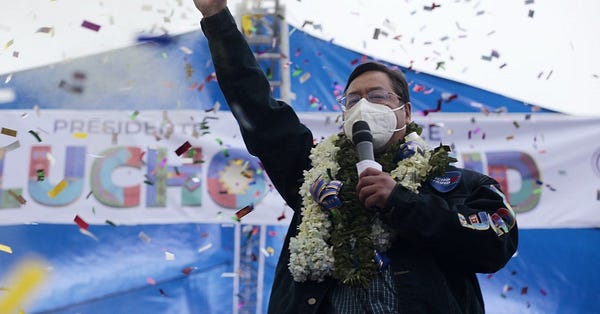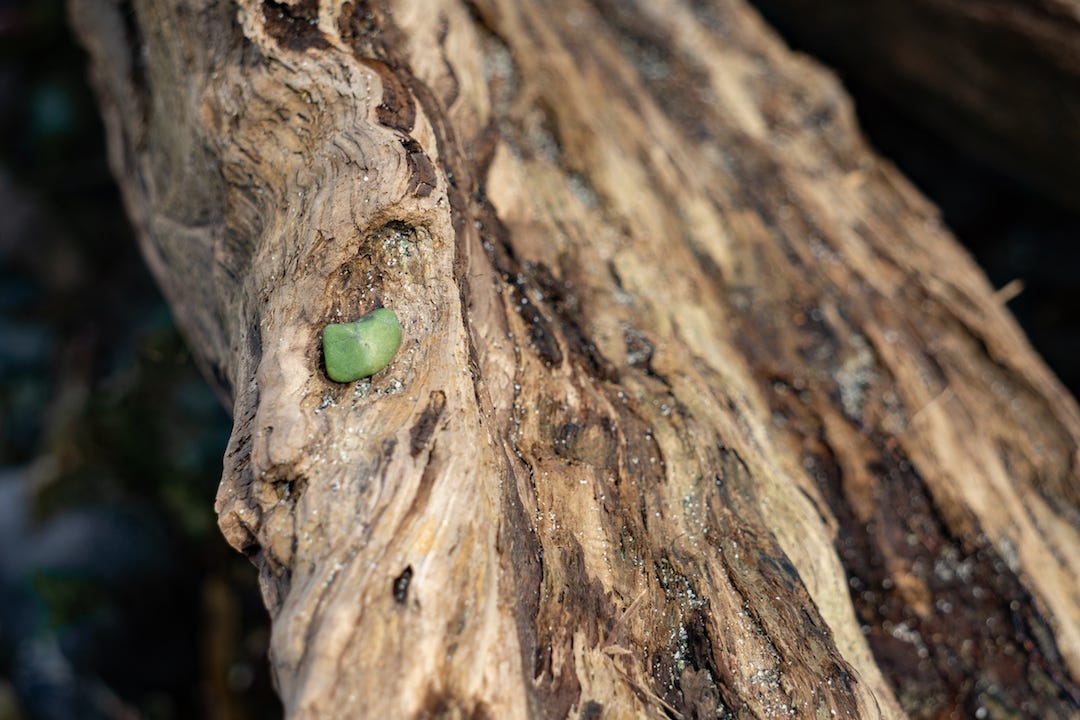Ten UN special rapporteurs have taken the “unprecedented” step to draw attention to a proposed copper and gold mine while it’s still under development. The mine is in Papua New Guinea, but the metal will be sent mostly to those who can afford expensive gadgets.
When people say electrify, that means wires, and those wires are made of copper. There’s far more copper in an electrified car than lithium, cobalt, or any other energy transition metal poster child. Some mining industry analysts are afraid the world isn’t investing in enough copper projects to support our electrified future.
One company believes they could fill that demand with a mine on the Frieda River, a tributary to an untouched river that starts high in the New Guinea mountains. The UN experts — who rarely intervene in a mining project so early in a mine’s approval process — wrote to governments to express their “serious concern” about potential and actual threats to human rights.

From a Save the Sepik promotional video.
They wrote to the governments of Australia, Canada, China, and PNG, and to the mine’s two owners, companies listed in Australia and China. The letters were made public a few weeks ago. In June, 28 chiefs representing 78,000 people living along the main river, the Sepik, made it publicly known that they opposed the mine.
“From a biological perspective I can hardly think of a worse place for a copper mine,” a biologist told the ABC in 2016.
Opponents of the mine cite two cases in the country that warn what may become of the area. The Panguna mine in Bougainville, which just elected its first president and will soon enter independence negotiations after the mine helped spark a civil war. The Ok Tedi mine has been called a multi-decade environmental disaster. It left in its wake a river most call “dead.” Both were copper-gold mines like Frieda River.
The Frieda river project is not just a mine. It’s the country’s biggest hydroelectric dam, a network of forest-slicing roads, and an electric grid. Crucially, it will also be a tailings dam, where the company, PanAust, plans to store the waste, even though it’s an area with hefty seismic activity.
Here’s what the area looks like:

From Google Earth, 2016.
Weekly InQuarry
How did the Bolivian presidential election turn out?
The socialist party won. It did so with even more votes than the election last year in which the party was accused of electoral fraud.
The party, MAS, is likely to continue its policy of state-driven lithium development. The party doesn’t seem swayed by an increasingly impatient industry that feeds mostly global North consumers. Almost 9 in 10 voters cast their ballot, and they chose a largely indigenous-led party. Ideology aside, this is a triumph for those who wanted to see democracy prevail in the country, and a sigh of relief for those with historically justified fears of a foreign-backed coup.


Eye on Industry
A report from SPG Global found that a third of the solar power industry’s polysilicon comes from Xinjiang, where China is carrying out genocidal human rights abuses. The main company, Daqo New Energy, is listed in a US stock exchange, and no one has yet publicly tied the company to abuses, but without independent audits, the company may find it can’t meet requirements to sell to US or European companies.
Glencore, who signed a cobalt deal with Tesla earlier this year, has been leveraging its power over the government of the Democratic Republic of Congo to avoid responsibility for the deaths of locals, according to a new report.
A miner looking for titanium is using Trump’s environmental rollbacks to start mining next to the largest US wildlife reserve east of the Mississippi River.

A real, not fake, green rock
The European Commission is fast-tracking rules to make sure EU-made batteries are the “greenest, safest and most sustainable batteries on this planet.”
An Australian lawmaker has accused Rio Tinto of incremental cultural genocide because of its destruction of Indigenous cultural sites.
What could be Africa’s largest lithium deposit has convinced investors it’s a worthwhile project and is powering forward. It’s in Mali but owned by an Australian company.
China is trying to flex its rare-earths muscles. A new law allows the country to take countermeasures against countries and companies that it believes to violate export controls. People worried about geopolitics are worried that it will include rare earths.

Reads
≠ endorsement
Tesla’s move into mining aimed at energising battery supply chain (Financial Times)
In Congo the little guys are jailed for stealing minerals (The Economist)
The world must counter China’s dominance of rare earths (Financial Times)
Lithium sparks disputes in Chile's Atacama Desert (China Dialogue)
Ghana high court considers NGO case against bauxite mine (China Dialogue)
Tesla's Nickel Hunt Puts the Spotlight on These 3 Miners (Yahoo Finance)
Clean Energy Can’t Have Dirty Roots (Foreign Policy)
…whose authors showcase a Green Rocks shout-out!


Thanks for reading! I’m Ian Morse, and this is Green Rocks, a newsletter that doesn’t want dirty mining to ruin clean energy.
These topics are relevant to anyone who consumes energy. If you know someone like that, share freely!
Subscribe with just your email, and weekly reports with news round-ups and original reporting will come directly to your inbox. It’s free! (for now)




